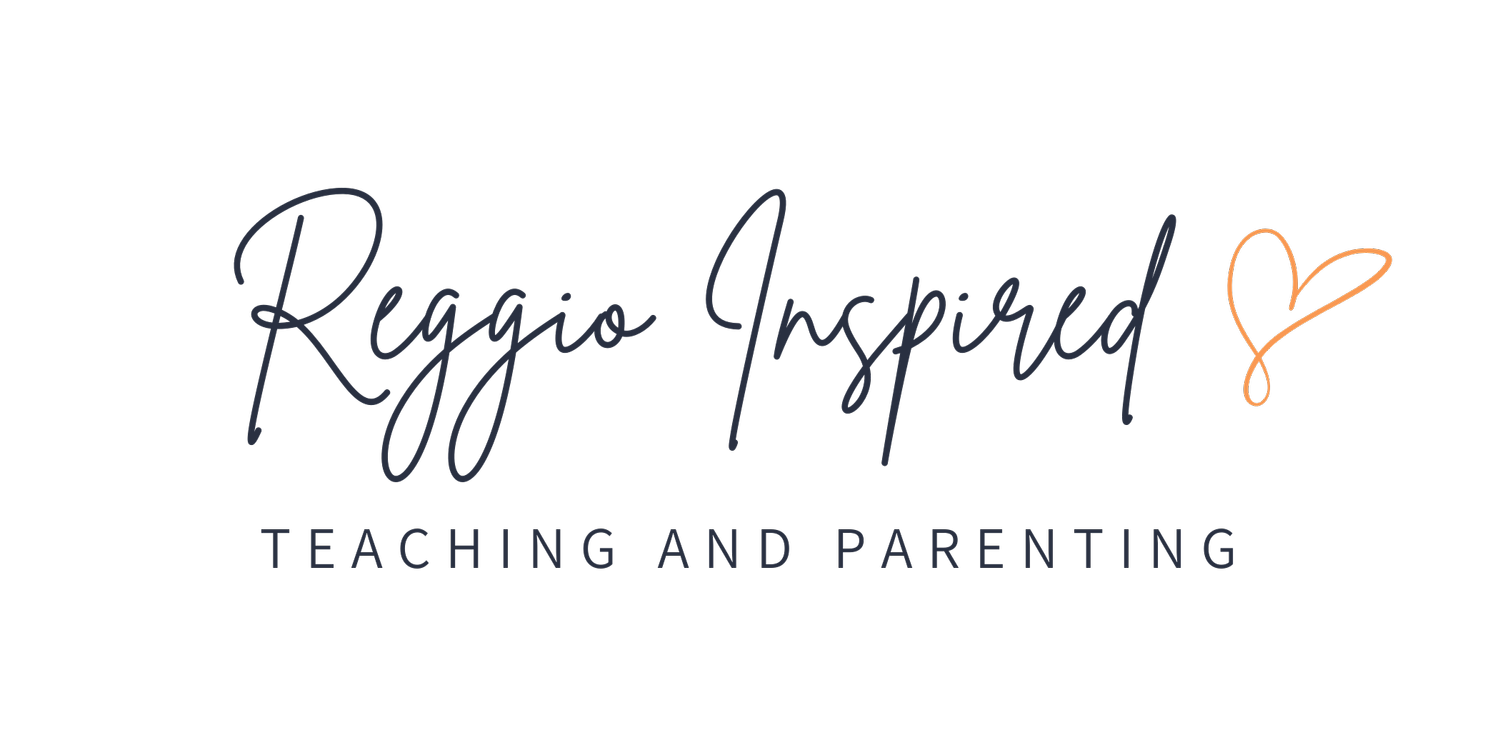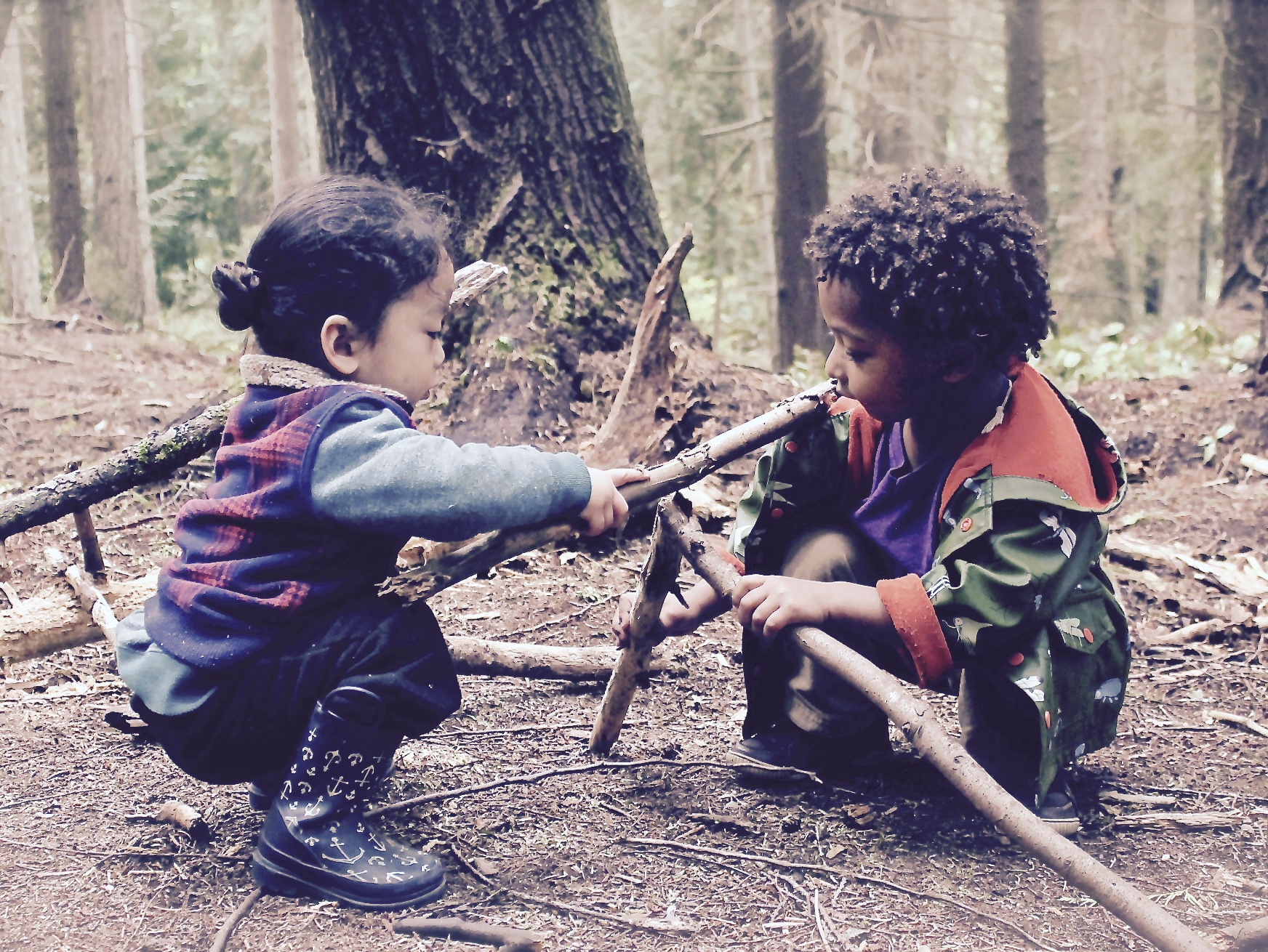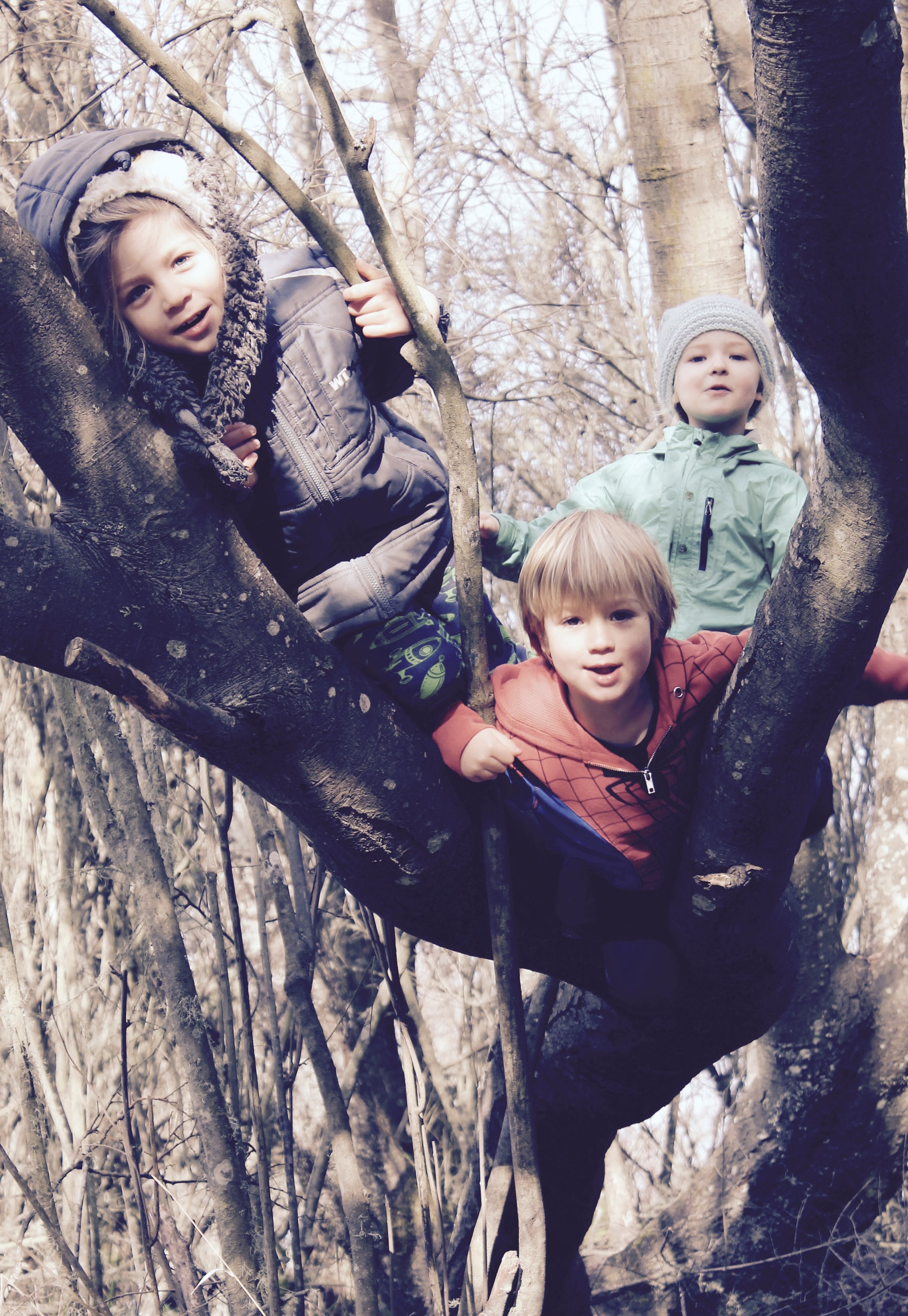A Q & A With a Forest Preschool Teacher in Washington
I’m completely in awe of forest preschools that spend ALL year-long outside with young children. I’m a nature enthusiast myself and LOVE taking children outside for unstructured play amongst the beauty of our natural world.
BUT, how do the teachers and the kids do it without a physical building? How do they stay warm in the winter? How do they assess risk? And then the very basic question of….how do the kids go the bathroom?! I have so many questions. It’s truly amazing!
Recently, I learned about the Forest School, Olympic Nature Experience, in Sequim, WA. Sarah Greenwald, one of their Lead Teachers and Administrative Director, sat down with me to answer all of my burning questions. Also, we explored the benefits and challenges of a forest school education. Sarah has her M.Ed. in Environmental Education and Cedarsong’s Forest Kindergarten certification. Also, she has been trained as a Wilderness First Responder.
Sarah, thank you for speaking with me! As a teacher, what is a typical morning like in a forest preschool?
As you can imagine, there is no typical day! Our staff meets 30 minutes before class to perform a risk assessment of the day. We assess the weather and safety for the children and then make plans. If it’s a colder winter day, we will start a fire and make sure we have warm tea for the children. If it’s raining and we are at a spot without shelter, we will set-up a temporary shelter from the rain. We then set-up the bright orange cones so the kids know their designated play area in the forest.
After having those essential things in place, we’ll set-up an activity for the kids to join at drop-off. This could be anything from play dough, coloring, lacing, books, games, etc. They can choose anything they want and it’s open-ended time. Once everyone arrives, we do our morning circle and introduce our theme for the week. Then we remind everyone of our safety agreements to be kind, be safe, and have fun! The children then get their backpacks ready and we hike into a spot to play for several hours. The kids carry everything they need on their backpacks (change of clothes, water, lunch). After playing and eating lunch, we hike back to main meeting spot for pick-up.
What are the benefits of a forest preschool?
There are so many! Where do I start? I think the big ones are the grit and stamina the kids learn with our daily rhythm. In the beginning, it can be challenging for the kids to carry their own backpacks and hike into our spot for the day. By a couple months in, they are all doing it. Also, our school is play-based so they have to use their imagination all morning long. The forest becomes the backdrop for their play. Other benefits include their increased sensory awareness, balance, gross motor skills to name a few.
What are the challenges of a forest preschool?
As a teacher, what we bring to class in the morning has to be carried on our backs wherever we go. We have to be super creative, flexible, and gentle on our bodies to only bring the essentials for that day. I’m constantly thinking about what is sustainable for us as teachers!
What is the future of forest preschools?
I would love to see Forest preschools that can be more accessible to everyone. Our program is a half-day program and our parents need to be flexible to pick up the children at a moment’s notice if weather moves in and poses a risk. I’d love to see how we can reduce as many barriers as possible.
What is the winter like at forest school?
Well, in Washington, the weather varies. We really try to educate our parents about appropriate clothing. If it’s above 20 degrees and they are dressed well, the children are comfortable. We also teach the children how to stay warm when it’s cold by building shelters, keeping your body moving, drinking tea, making a fire, etc. We also found these reusable hand-warmers that we love. This year we had to cancel class for a week because of unsafe driving conditions due to snow, but that was unusual.
What do you look for in recruiting teachers to work in your program?
We would look for someone with prior experience in Early Childhood Education and/or Outdoor and Environmental Education. Being a forest teacher requires creating an inviting and emotionally safe classroom and being responsible for the health, safety, and welfare of all children.
What curriculum do you use?
Our Yearly Curriculum is mapped using program intentions, these are age appropriate expectations in categories such as social/emotional intelligence, pre-literacy/literacy skills, and math comprehension. Then these goals are translated into a daily plan which incorporates learning through play, projects and group interactions. We work towards our curriculum intentions using the following methods: child-led flow, inquiry-based learning, positive guidance, moderate risk activities, group cohesion and empathy, awareness, and sensory development. We use Coyote’s Guide to Connecting with Nature by Jon Young, Evan McGown and Ellen Haas in developing our yearly curriculum intentions and our daily curriculum maps.
The question I’ve been dying to ask you…. how do the kids use the bathroom in the forest?
Well, that is a great question! If we are on a hike, the kids will be using the “facili-trees” while at nature school. This means they will pee in the bushes most of the time, allowing for appropriate privacy at all times. If a child needs to use the bathroom for solid waste, we will try to get them to the nearest toilet but are prepared to use the forest if a toilet is too far away or it becomes an “emergency” for the child.
Thank you so much Sarah for sharing your lovely school with us!
Sarah leading a group of children through the forest. Photo credit Kia Armstrong
Olympic Nature Experience was started by Sarah Salazar-Tipton. She was a mother of two young boys who wanted to bring meaningful, lasting nature immersion to her community. Our first program, Adventure Club, began in 2012 with the support of the local Audubon Society and its Nature Center.
In 2014, with the help of a dedicated board of directors and the mentoring of local environmental nonprofits, Olympic Nature Experience incorporated in the state of Washington and opened Owl's Hollow Nature school.
Photo credit: Jessica Haugen






